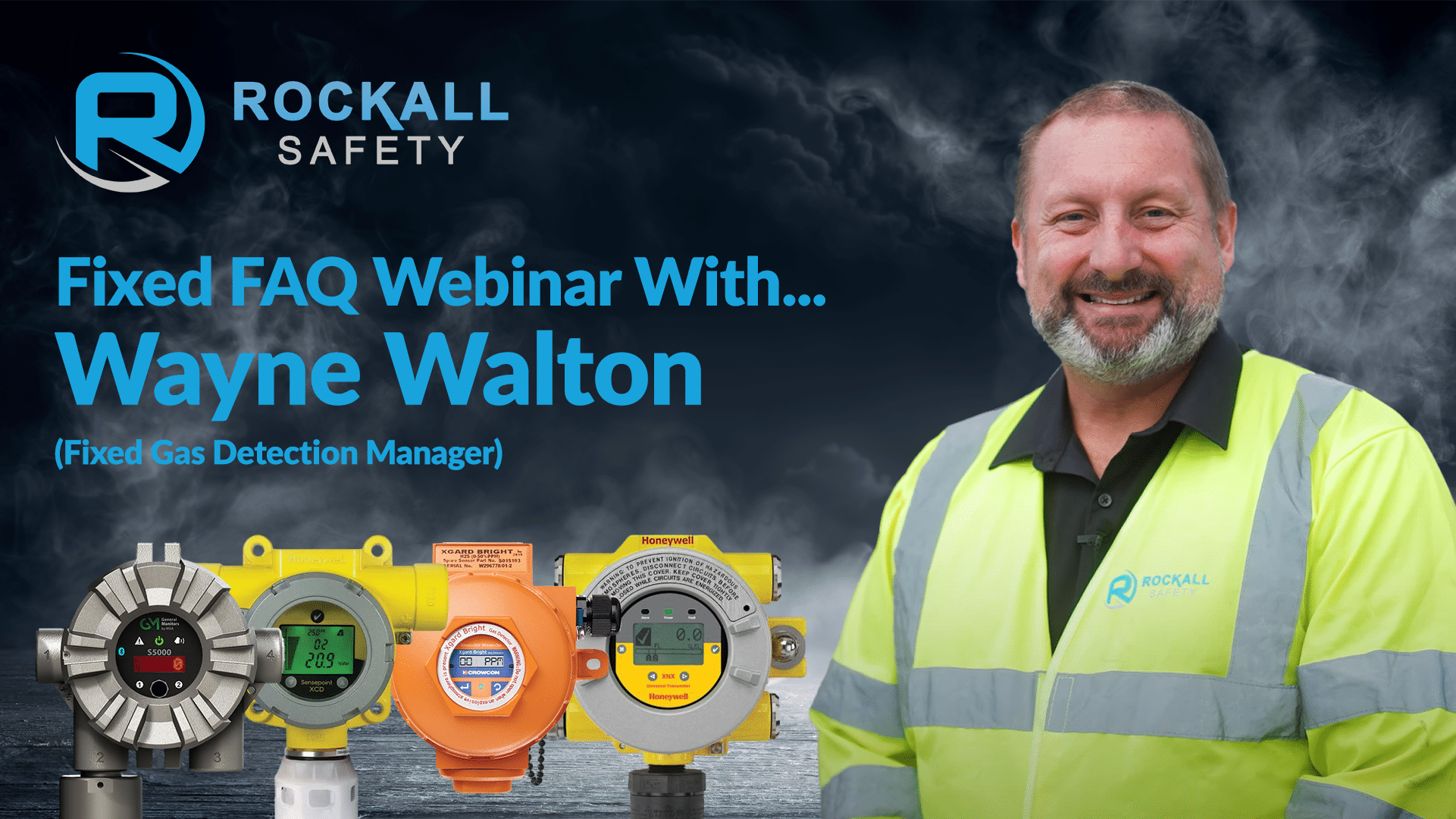
30/10/2024
Understanding TLV – Threshold Limit Value
Posted by [email protected]
Understanding TLV - Threshold Limit Value Threshold Limit Values (TLVs) are crucial guidelines in occupational health, indicating the maximum airborne concentration of a substance that most workers can safely tolerate. These values help protect workers from harmful exposure to chemicals. Types of TLVs There are four primary categories of TLVs: Time-Weighted Average (TLV-TWA) reflects average exposure...
Read


30/10/2024
PPM – Parts Per Million: A Quick Overview
Posted by [email protected]
PPM - Parts Per Million: A Quick Overview PPM measures the concentration of a substance in a mixture, indicating how many parts exist per one million total parts. This measurement is crucial for small concentrations in various fields. Calculating PPM PPM can be calculated by volume or mass. For volume, divide the substance's volume by...
Read


30/10/2024
Understanding UEL – Upper Explosive Limit
Posted by [email protected]
Understanding UEL - Upper Explosive Limit The Upper Explosive Limit (UEL) is the highest concentration of a gas or vapour in air that can ignite when exposed to an ignition source. Above this limit, the mixture becomes too rich in fuel to support combustion. The Importance of UEL Knowing the UEL is vital for workplace...
Read


30/10/2024
FAQ Webinar with Wayne Walton
Posted by Rhys Redrup
FAQ Webinar with Wayne Walton We're excited to announce that Wayne Walton has hosted an insightful FAQ webinar on fixed gas detection, and it's now freely available to watch! In this session, Wayne covers the most common questions we receive about fixed gas detection systems, helping you understand the basics and how these systems...
Read






